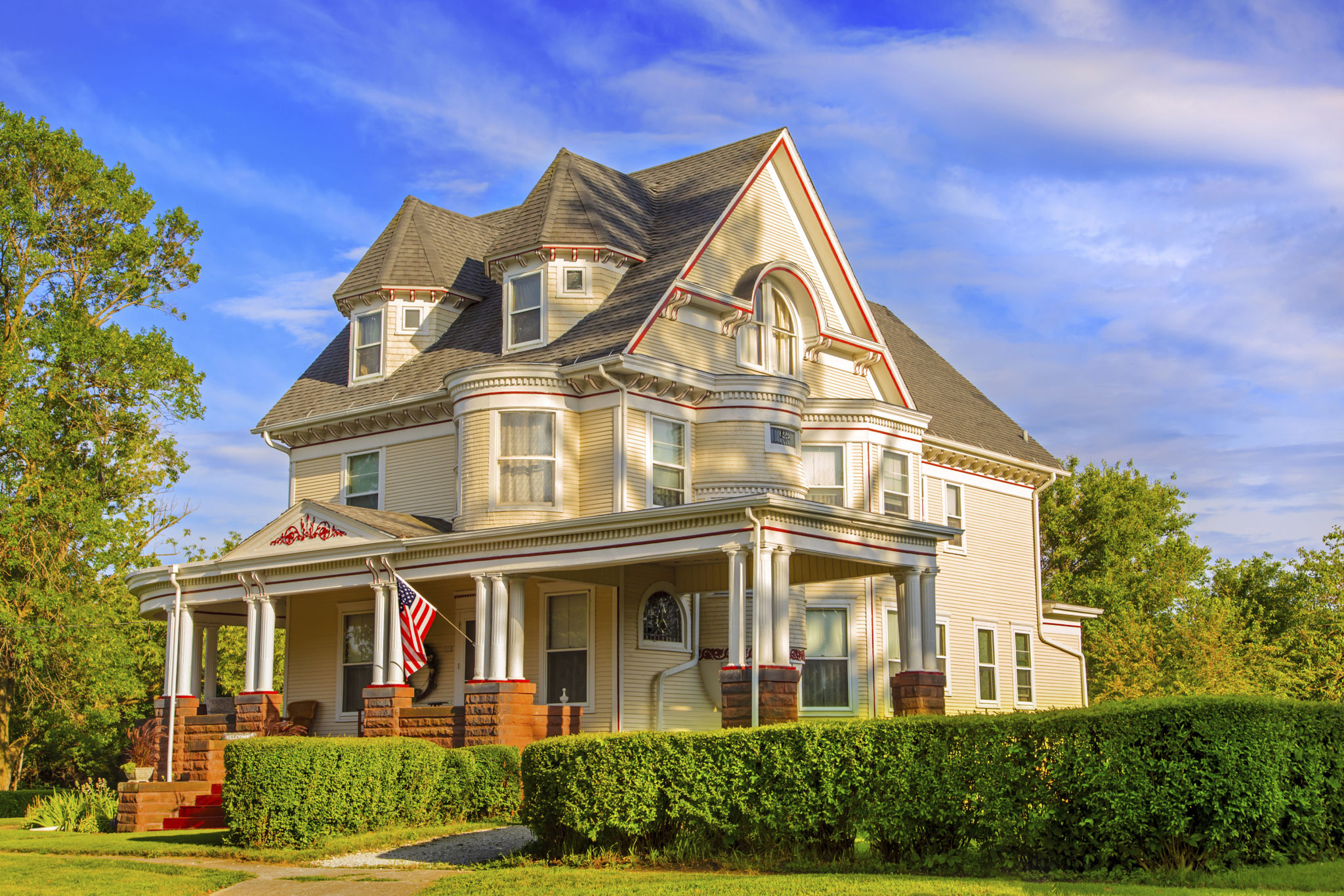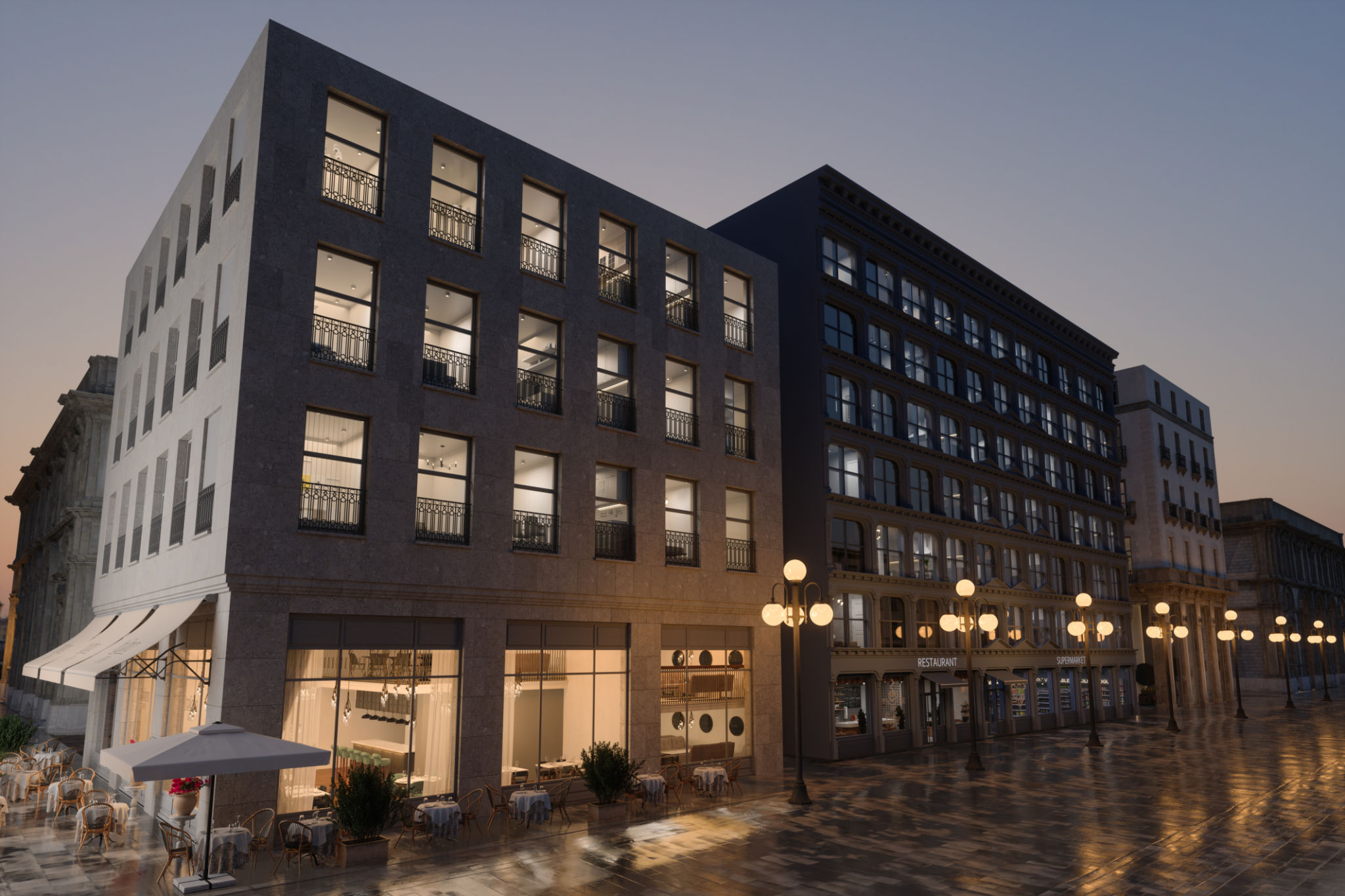Expert Tips for Incorporating Modern Minimalism in Historic Homes
Understanding the Balance Between Old and New
Incorporating modern minimalism into historic homes can be a delicate art. The key is to balance the historical charm with contemporary simplicity. Minimalism focuses on functionality and the elimination of excess, which can beautifully highlight the intricate details of historic architecture. By removing clutter, the unique features of your home can take center stage.
Start by analyzing which elements of your home are essential to its historic character. These could be original moldings, vintage fireplaces, or ornate staircases. Retaining these features allows the home to maintain its identity while introducing minimalist elements that offer a fresh, updated appearance.

Selecting a Neutral Color Palette
One of the fundamental principles of modern minimalism is a neutral color palette. By choosing hues such as whites, creams, and grays, you create a clean backdrop that allows original architectural elements to shine. Neutral colors also lend a sense of calm and space, which is essential in maintaining the tranquil feel of minimalism.
Consider painting walls in soft shades and using complementary colors for trim and window frames. This subtle contrast adds depth without overwhelming the space. If you wish to incorporate color, do so sparingly with accent pieces like artwork or decorative pillows.

Furnishing with Purpose
In historic homes, furniture selection should be intentional and purposeful. Opt for pieces with clean lines and simple forms that do not compete with the architectural details. This approach not only aligns with minimalist principles but also ensures that each piece of furniture serves a functional purpose.
Consider multi-functional furniture such as storage ottomans or extendable tables that can adapt to different needs. These choices enhance practicality while maintaining the aesthetic integrity of your minimalist design.

Embracing Natural Materials
Natural materials play a pivotal role in bridging the gap between modern minimalism and historic charm. Materials like wood, stone, and metal can provide texture and warmth, complementing the existing features of your home. These elements add an organic touch that resonates with both past and present.
Incorporate wood through flooring, beams, or cabinetry to add warmth and authenticity. Stone accents, whether in fireplaces or countertops, can add a timeless quality that enhances the minimalist design without overshadowing historical charm.
Lighting as an Artistic Element
Lighting in a historic home should be both functional and artistic. Modern minimalist lighting fixtures often feature sleek designs that can highlight architectural details without distracting from them. Consider using pendant lights or streamlined chandeliers to add a contemporary flair.
Natural light is another crucial element in minimalist design. Maximize it by keeping window treatments light and airy, allowing the outdoors to become part of your interior space. This approach not only brightens up your home but also enhances its openness.

The Art of Subtle Decoration
When it comes to decoration in a minimalist historic home, less is more. Focus on pieces that have personal significance or historical relevance. This could include vintage photographs, heirloom artifacts, or even modern art that complements the overall aesthetic of your space.
Use these items sparingly, allowing each piece to stand out. This restraint not only supports the minimalist approach but also ensures that decorations enhance rather than detract from the architectural beauty of your home.

The Final Touch: Personalization
Ultimately, your home should reflect your personal style while respecting its historical roots. Customize your space by integrating personal items in subtle ways. This could be through carefully selected books, plants, or textiles that add warmth and individuality to your minimalist design.
Remember, the aim is not to erase history but to celebrate it in a way that resonates with contemporary aesthetics and personal preferences. By following these expert tips, you can successfully blend modern minimalism with the timeless charm of a historic home.
